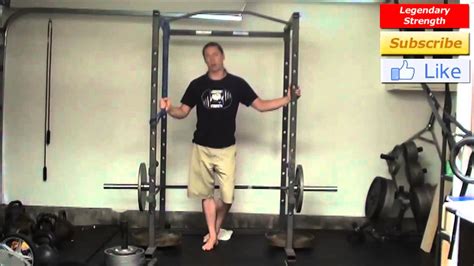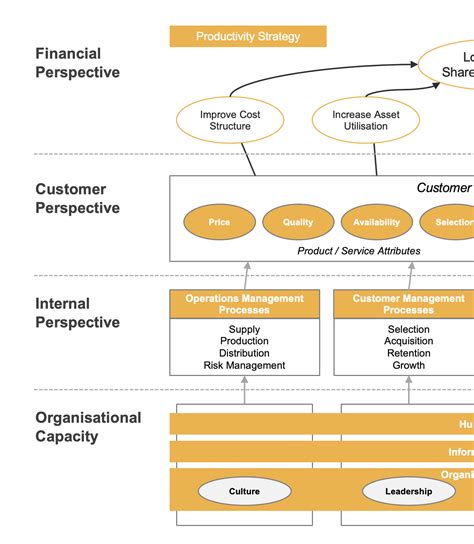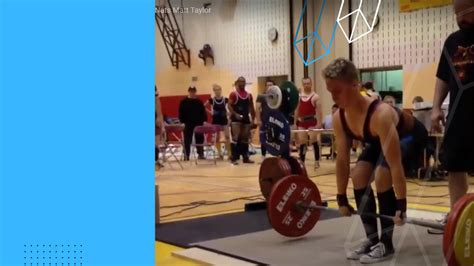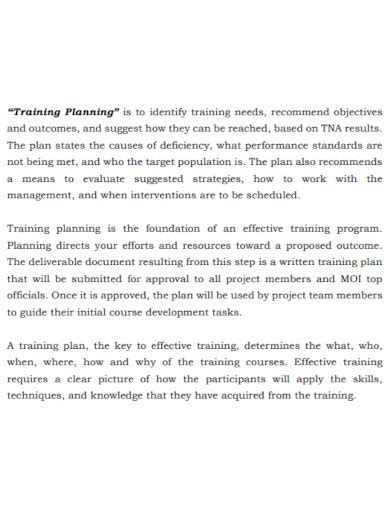How can I break through strength plateaus for peak performance & hypertrophy?

Understanding Strength Plateaus
Every dedicated lifter eventually encounters the frustrating wall known as a strength plateau. This is the point where your progress – whether measured by increased weight, reps, or muscle gain – grinds to a halt despite consistent effort. Plateaus are a natural part of the training journey, signaling that your body has adapted to the current demands and requires a new stimulus to continue growing stronger and larger. Identifying the root cause is the first step toward breaking through.
Common culprits include a lack of progressive overload, insufficient recovery, poor nutrition, stale training routines, or even simply needing to refine your lifting technique. Understanding that your body is incredibly adaptable means you must constantly find new ways to challenge it.

Re-evaluating the Fundamentals: Progressive Overload
At the heart of all effective strength and hypertrophy training lies progressive overload. This principle dictates that to get bigger and stronger, you must continually increase the demands placed on your muscles. If you’re stuck, it’s crucial to ensure you’re truly applying this. Progressive overload isn’t just about adding more weight; it can also be achieved by:
- Increasing reps or sets: Performing more work at the same weight.
- Decreasing rest times: Maintaining intensity with less recovery between sets.
- Improving form: Lifting the same weight with better, more efficient technique.
- Increasing frequency: Training a muscle group more often.
- Adding advanced techniques: Incorporating drop sets, supersets, or forced reps.
If you’ve relied solely on adding weight, explore these other avenues to challenge your muscles in novel ways.
Advanced Training Techniques to Break Through
Varying Training Variables (Volume, Intensity, Frequency)
Monotony is the enemy of progress. If you’re always doing 3 sets of 10 reps, your body will eventually stop responding. Experiment with:
- High-intensity, low-volume: Focus on heavy weights (1-5 reps) for fewer sets to build raw strength.
- Moderate intensity, high-volume: The classic hypertrophy range (6-12 reps) with more sets to maximize muscle growth.
- High-frequency training: Hit muscle groups 2-3 times a week instead of once, ensuring adequate recovery between sessions.
Implementing Periodization
Periodization involves systematically varying your training parameters over time. Instead of randomly changing your routine, a structured approach helps manage fatigue and ensures continuous adaptation.
- Linear Periodization: Gradually increases intensity while decreasing volume over weeks or months (e.g., starting with high reps/lower weight and progressing to low reps/higher weight).
- Undulating Periodization: Varies intensity and volume more frequently (e.g., heavy day, moderate day, light day within the same week). This keeps the body guessing and can be highly effective for breaking plateaus.
Deload Weeks and Strategic Recovery
Overtraining is a common cause of plateaus. Your body needs time to repair and rebuild. A deload week involves significantly reducing your training volume and/or intensity (e.g., half your normal sets and reps at 60-70% of your usual weight) for 5-7 days. This allows your central nervous system to recover, joints to heal, and muscles to supercompensate, often leading to a surge in strength upon returning to full training.

Targeting Weak Points and Accessory Work
Often, a plateau in a main lift (like a squat or bench press) isn’t due to the primary muscles failing, but rather a weak link in the chain. Identify your weak points by observing where your form breaks down during challenging lifts. Then, incorporate specific accessory exercises to strengthen those supporting muscles.
- Bench Press: Weak triceps? Add close-grip bench, skullcrushers. Weak shoulders? Focus on overhead presses, lateral raises.
- Squat: Weak glutes/hamstrings? Incorporate Romanian deadlifts, glute-ham raises. Weak core? Add planks, anti-rotation exercises.
The Crucial Role of Nutrition and Recovery
Fueling for Growth and Performance
You cannot build muscle or gain strength from thin air. Ensure you are in a slight caloric surplus, consuming enough protein (1.6-2.2g per kg body weight) to support muscle repair and growth, and getting adequate carbohydrates for energy and recovery. Hydration is also paramount for performance and nutrient transport.
Sleep and Stress Management
Most muscle repair and hormone production (like growth hormone and testosterone) occur during sleep. Aim for 7-9 hours of quality sleep per night. Chronic stress, both physical and psychological, can elevate cortisol levels, hindering recovery and muscle growth. Incorporate stress-reducing activities like meditation, reading, or spending time in nature.

Optimize Your Execution: Form and Mind-Muscle Connection
Even small improvements in your lifting technique can unlock new strength gains. Record yourself, get feedback from a coach, and ruthlessly analyze your form. Are you maintaining tension? Is your body positioned optimally? A minor tweak can make a huge difference.
The mind-muscle connection, actively focusing on contracting the target muscle during an exercise, can also enhance activation and hypertrophy. Don’t just lift the weight; feel the muscle working.

Consistency and Patience: The Long Game
Breaking through plateaus is rarely an overnight process. It requires consistent application of new strategies, careful monitoring of your body’s response, and the patience to stick with a plan even when results aren’t immediate. Keep a detailed training log to track what works and what doesn’t. Your body will adapt; your job is to stay one step ahead.

Conclusion
Strength plateaus are not roadblocks; they are signposts indicating it’s time to evolve your training. By strategically implementing progressive overload, varying your training methods, prioritizing recovery and nutrition, addressing weak points, and refining your technique, you can consistently break through barriers. Embrace the challenge, learn from the process, and continue your journey toward peak performance and significant hypertrophy.








